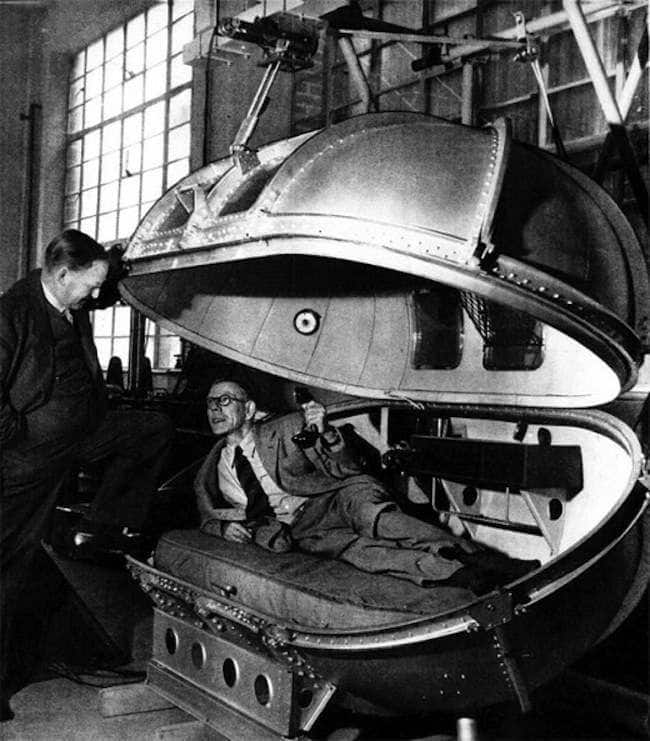Churchill's Chamber
Thread Starter
Churchill's Chamber
I saw this photo in a random series of photos and it was unknown to me. I'm sure that some of you in this forum might know all about it.

I can't upload the photo after many attempts, but it's a photo of a portable/quickfit barometric chamber used by Churchill when flying long distances to (I assume) reduce the fatigue and noise of many hours at altitude.

I can't upload the photo after many attempts, but it's a photo of a portable/quickfit barometric chamber used by Churchill when flying long distances to (I assume) reduce the fatigue and noise of many hours at altitude.
Last edited by Senior Pilot; 18th Jan 2023 at 10:46. Reason: Add photo
I can vouch for using oxygen at those kind of altitudes, if you are older.
A few years ago, when I was the same age as Churchill in 1944, I ferried a glider tow plane for three hours in the Canadian Rockies. Two hours between 9,000’ and 10,000’, following a highway and then one hour above 10,000’, going “over the rocks”.
After I landed, I felt very disoriented, it took me a long time to do the unloading and re-fueling, and although it was a good landing, I couldn’t remember if I had put the flaps down!
I realized I was hypoxic. Now I always use oxygen when going above 8,000’, which in a glider, means it is simpler to be on oxygen for the whole flight. It has an added benefit of making me less tired, which is good for decision making during a long flight.
A few years ago, when I was the same age as Churchill in 1944, I ferried a glider tow plane for three hours in the Canadian Rockies. Two hours between 9,000’ and 10,000’, following a highway and then one hour above 10,000’, going “over the rocks”.
After I landed, I felt very disoriented, it took me a long time to do the unloading and re-fueling, and although it was a good landing, I couldn’t remember if I had put the flaps down!
I realized I was hypoxic. Now I always use oxygen when going above 8,000’, which in a glider, means it is simpler to be on oxygen for the whole flight. It has an added benefit of making me less tired, which is good for decision making during a long flight.
Thread Starter
Thanks for the replies. The photo I saw had a caption that seemed to be in script that was of the time (40's), so I took it at face value. Bearing in mind Churchill's state of health and need to fly long-distance at times during the war period, it would be interesting to know how this was achieved.
The chamber seems a logical solution, but if it didn't fit into any aircraft then it's rather akin to a chocolate teapot.
The chamber seems a logical solution, but if it didn't fit into any aircraft then it's rather akin to a chocolate teapot.
Perhaps they were hoping for larger freighters to become available, or it was a proof of concept situation. Pressurisation in airliners was a in a very embryonic state at that point in history.





